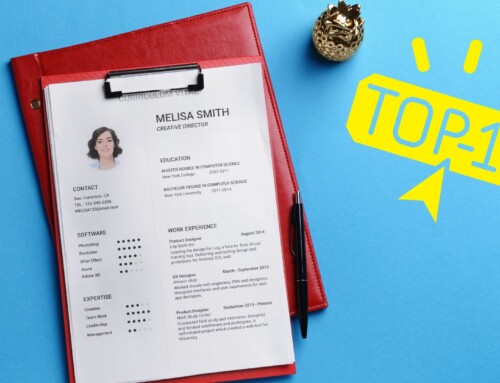In today’s competitive environment, being able to impress during presentations is essential for career progression. Whether you’re presenting a project, talking sales, or pitching an idea to your team, avoiding common mistakes can greatly increase your effectiveness. Here are 9 mistakes to avoid to make your next presentation a success.
1. Lack of audience involvement
One of the most serious errors is the one-sided monologue. To remedy this, actively engage the audience by asking questions, encouraging participation or including interactive elements such as polls or Q&A sections. Engaged listeners are more likely to remember the information and respond positively to what you have to say.
2. Overloading presentations with text
Cumbersome presentations overload your audience and distract from the information being presented. Instead, follow the 6×6 rule: Limit each slide to six points with six words per point. Emphasize visuals, charts, and concise statements to increase clarity and keep the audience’s attention.
3. Ignoring preparation
Presentations often lack compactness and certainty. Prioritize preparation to hone your delivery, transition smoothly between sections, and ensure time limits are met. Practice tempo, tone modulation and gestures to convey professionalism and master your material.
4. Insufficiently clear objectives
Failure to set clear objectives leads to aimless presentations. Before creating content, set specific goals and key deliverables. Structure your presentation around these objectives to maintain relevance and guide the audience to the desired outcomes.
5. Poor time management
Time overruns or underruns disrupt the schedule and reduce credibility. Divide the time wisely into the different segments of the presentation so that you have enough time for the introduction, development and conclusion. Respect your audience’s time by adhering to the allotted time frames.
6. Non-adaptation of content
General presentations do not resonate with diverse audiences. Tailor the content to meet the specific needs, interests and knowledge level of your audience. Include relevant examples, anecdotes and data to establish rapport and credibility.
7. Inappropriate visual design
Amateurish visuals diminish your professionalism and undermine your credibility. Create clean, visually appealing presentations with cohesive design elements. Use high-quality images, consistent fonts, and color schemes to enhance aesthetics and reinforce key points.
8. Forgetting non-verbal communication
Non-verbal signals play an important role in conveying confidentiality and authority. Maintain eye contact, use open body language and show enthusiasm to make contact and attract attention. Practice confident posture and gestures to strengthen your presentation.
9. Inability to answer questions effectively
Mismanagement of issues reduces credibility and leaves doubts unresolved. Anticipate potential questions and prepare concise and compelling answers. Respectfully answer all questions and offer to follow up on any unanswered questions.
By avoiding these common mistakes and implementing proactive strategies, you can improve your presentation skills and leave a good impression. At Atena , we recognise the importance of effective communication in career progression. Contact us today to find out how we can support your professional development journey. Work with professionals, success is not a lucky chance!







